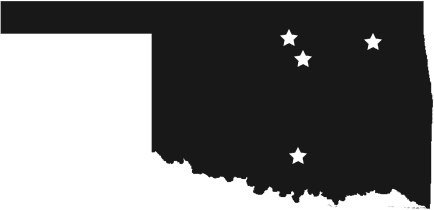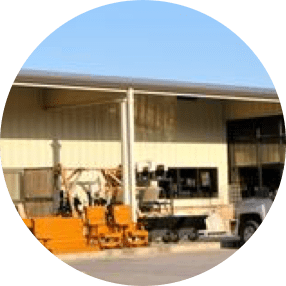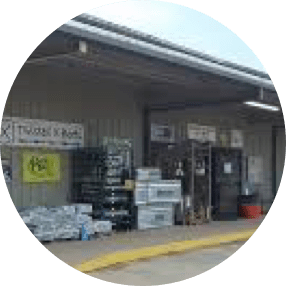John Deere is putting its most sophisticated technologies on display at the 2026 CES in Las Vegas this week.
The current farm downturn is stretching into its fourth year. Farmers, economists and others are increasingly split over whether repeated cycles of ad-hoc aid is enough. There are growing questions over whether policymakers should look at ways to confront overproduction or crop demand as well.
DTN Contributing Analyst Philip Shaw says with the USDA final report on the 2025 crop coming on Jan. 12, we look for surprises. In the corn market, it surely could happen.
DTN Lead Analyst Rhett Montgomery previews USDA's Crop Production Annual Summary, World Agricultural Supply and Demand Estimates (WASDE), Dec. 1 Grain Stocks and Winter Wheat Seedings reports, scheduled for release at 11 a.m. CST on Monday, Jan. 12.
From firs to stroopwafels, Lucas and Dana Dull and Dull's Tree Farm brings farm life to thousands of people.
Retail fertilizer prices were mixed for the last week of 2025. Prices for five of the eight major fertilizers were lower than last month, while prices for the remaining three fertilizers were slightly higher. Two fertilizers had a significant price move, which DTN designates as anything 5% or more.
DTN Lead Analyst Rhett Montgomery shares his favorite article from September 2025 which focused on expansion in soybean processing capacity and how, beginning in 2026, the soybean crush program is off to yet another record-breaking start for the soybean marketing year.
Layne and Ryane Miles look at a future of their diversified farm that will be won or lost in the grocery-store aisle. They operate Miles Farms in McGehee, Arkansas.
First full market week after holidays appears to be a quiet one and we'll kick off reporting from winter farm meetings.
Retail fertilizer prices are now mostly lower for the fourth week of December 2025. Seven of the eight major fertilizers were lower in price compared to last month, while one fertilizer moved slightly higher. Just one fertilizer had a significant price move, which DTN designates as anything 5% or more.







